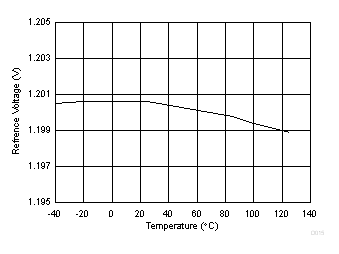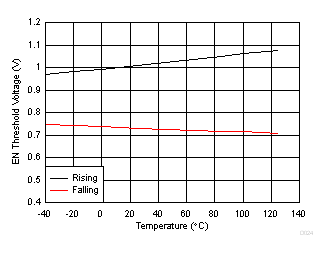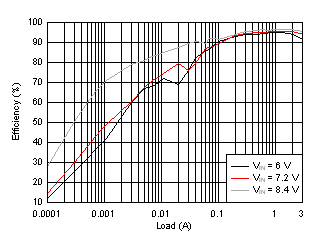ZHCSG87E February 2017 – August 2019 TPS61178
PRODUCTION DATA.
- 1 特性
- 2 应用
- 3 说明
- 4 修订历史记录
- 5 Device Comparison Table
- 6 Pin Configuration and Functions
- 7 Specifications
-
8 Detailed Description
- 8.1 Overview
- 8.2 Functional Block Diagram
- 8.3
Feature Description
- 8.3.1 Under-voltage Lockout
- 8.3.2 Enable and Disable
- 8.3.3 Startup
- 8.3.4 Load Disconnect Gate Driver
- 8.3.5 Adjustable Peak Current Limit
- 8.3.6 Output Short Protection (with load disconnected FET)
- 8.3.7 Adjustable Switching Frequency
- 8.3.8 External Clock Synchronization (TPS611781)
- 8.3.9 Error Amplifier
- 8.3.10 Slope Compensation
- 8.3.11 Start-up with the Output Pre-Biased
- 8.3.12 Bootstrap Voltage (BST)
- 8.3.13 Over-voltage Protection
- 8.3.14 Thermal Shutdown
- 8.4 Device Functional Modes
-
9 Application and Implementation
- 9.1 Application Information
- 9.2
Typical Application
- 9.2.1 Design Requirements
- 9.2.2 Detailed Design Procedure
- 9.2.3 Setting the Current Limit
- 9.2.4 Setting the Output Voltage
- 9.2.5 TPS61178 Application Waveform
- 9.3 System Examples
- 10Power Supply Recommendations
- 11Layout
- 12器件和文档支持
- 13机械、封装和可订购信息
7.8 Typical Characteristics
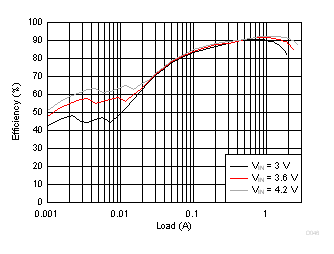
| VOUT = 14 V | L = 1.8 µH | Auto PFM |
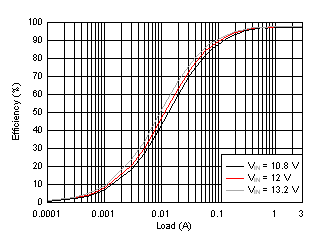
| VOUT = 16 V | L = 3.3 µH | Forced PWM |
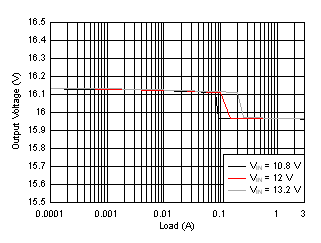
1.
Figure 7. Output Voltage vs. Load | VOUT = 16 V | L = 3.3 µH | Auto PFM |
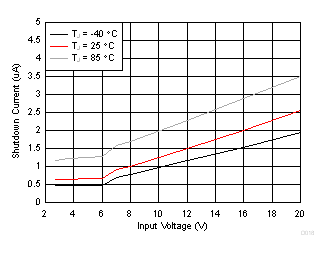
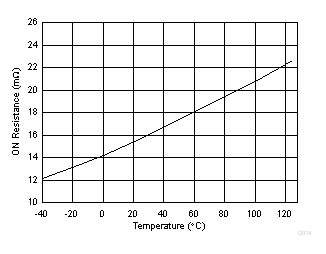
| VCC = 6 V |
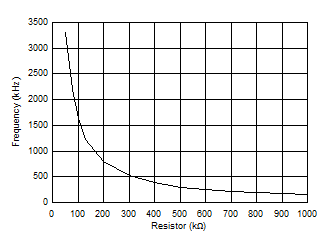
| VIN = 7.2 V | VOUT = 16 V |
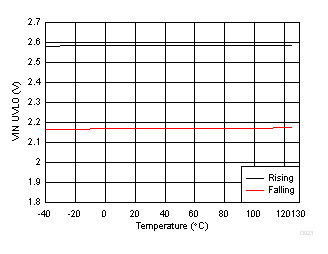
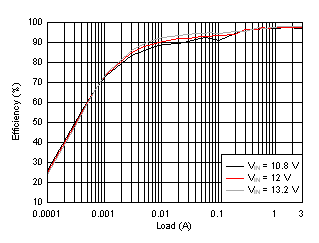
| VOUT = 16 V | L = 3.3 µH | Auto PFM |
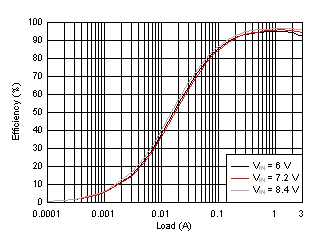
| VOUT = 16 V | L = 3.3 µH | Forced PWM |
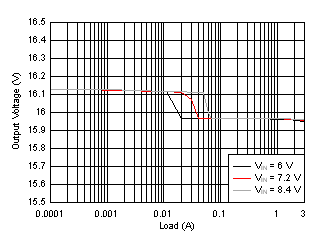
| VOUT = 16 V | L = 3.3 µH | Auto PFM |
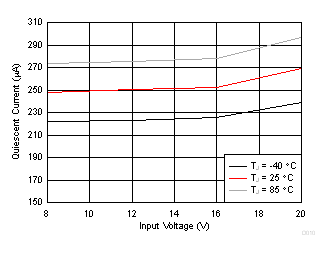
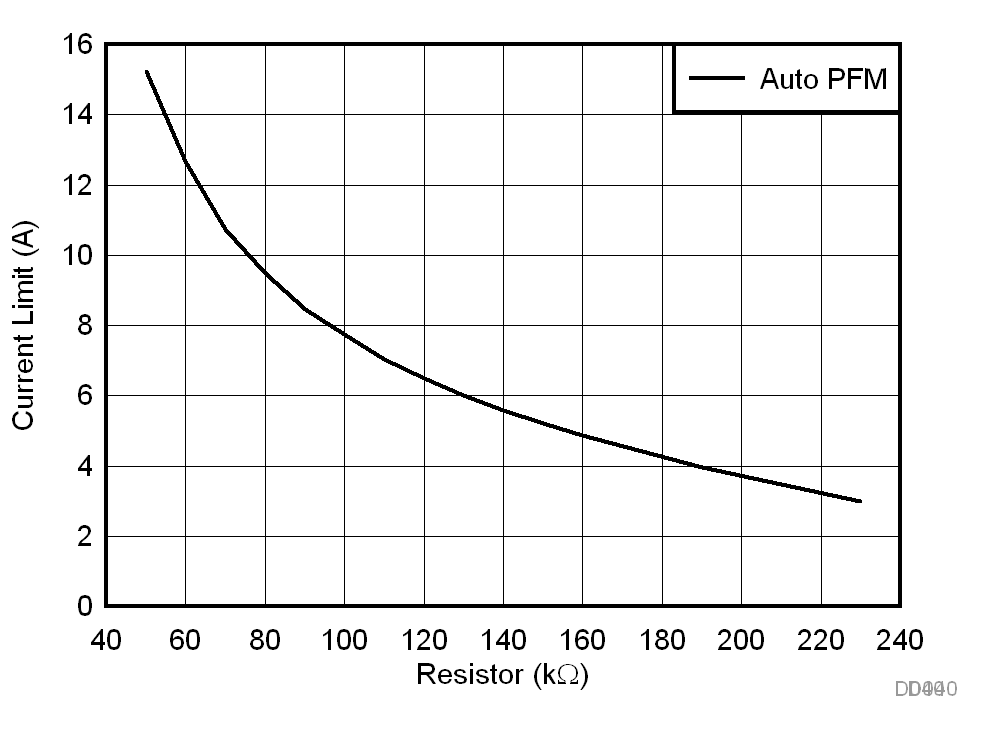
| VOUT = 16 V | VIN = 7.2 V | Auto PFM |
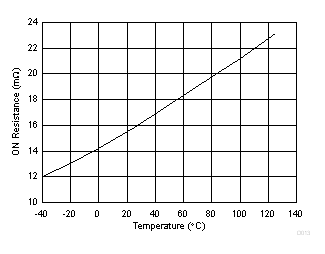
| VCC = 6 V |
